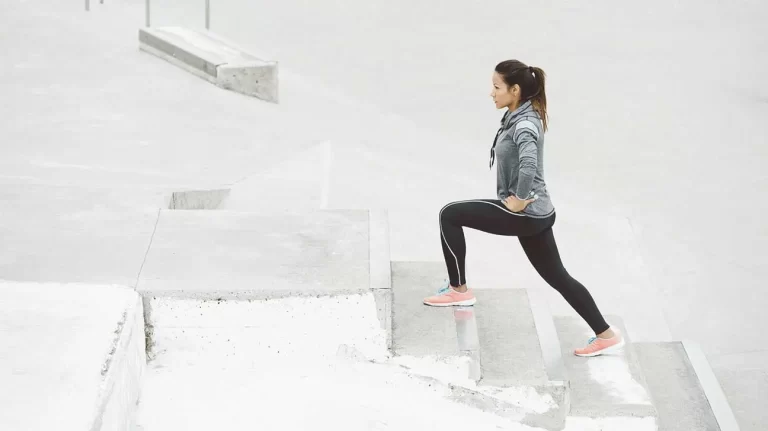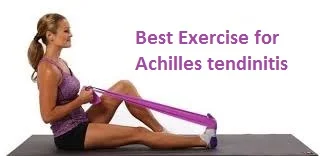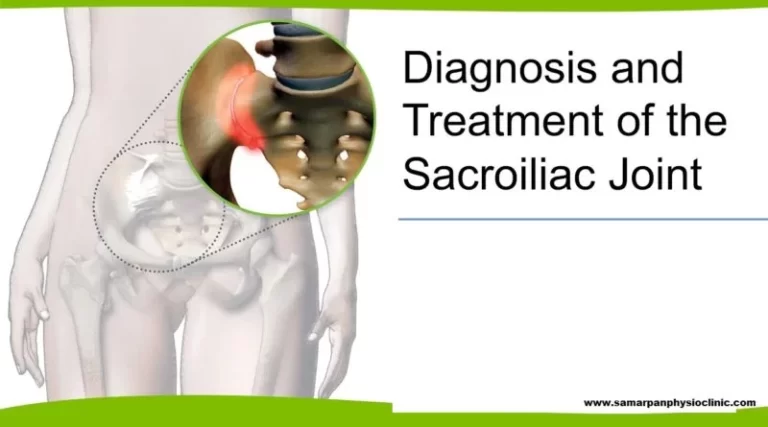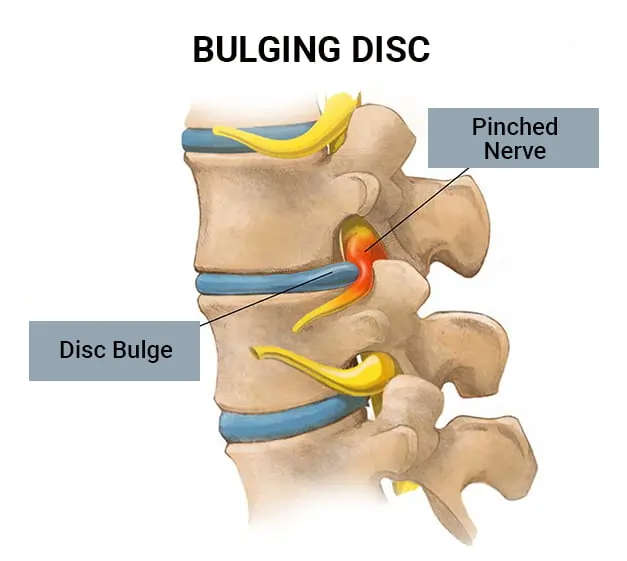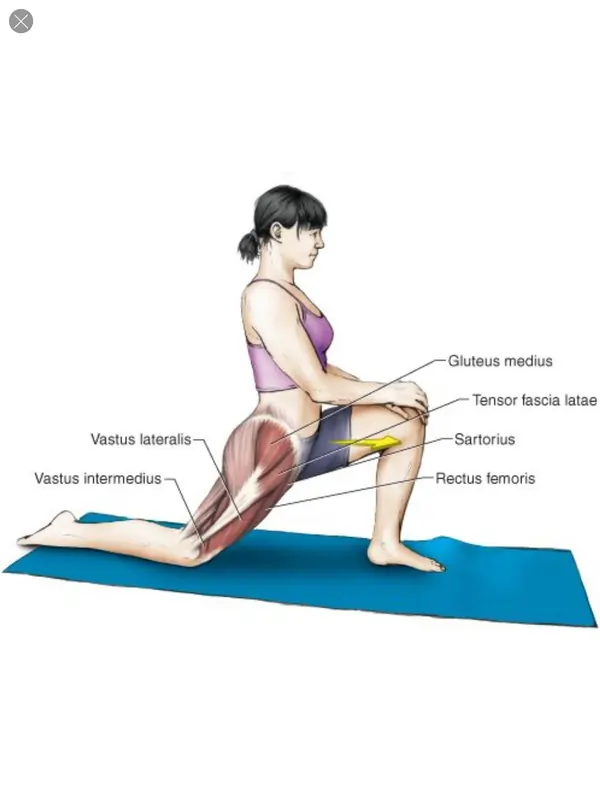Quadratus lumborum stretching exercise
Table of Contents
What is quadratus lumborum stretching?
- Quadratus lumborum stretching exercise is a great way to increase posture as well as flexibility & many health benefits of it.
A quadratus lumborum (QL) is the deepest abdominal muscle. This is located in the lower back, in between the top of the pelvis as well as the lowest rib. It is lateral to the lower spine. This attaches the ilium to the twelfth rib as well as the lumbar vertebrae. - A quadratus lumborum supports good posture & assists to stabilize a spine when we bend to the side or even extend our lower back.
- Working some quadratus lumborum stretches into the fitness routine may increase the flexibility of the back & relieve old aches as well as pains during assisting prevent new pain.
- The anatomy of a quadratus lumborum muscle as the extensor of a lumbar spine, the stabilizer of a lumbar area, capable of tilting laterally, as well as capable of acting as the inspiratory accessory muscle.
- Quadratus lumborum is lateral to a lumbar spine. This connects the ilium to the 12th rib as well as the lumbar vertebrae. The quadratus lumborum runs from the lowest rib down to the pelvis, and as a part of the core, this acts as a tremendous role in keeping you supported. Here is some quadratus lumborum stretches you may use to relieve pain as well as keep the back strong.
- A quadratus lumborum tightness happens to owe to prolonged sitting which causes a quadratus lumborum muscle to contract continuously.
- Continuous contraction may lead to muscle building when blood is added to the muscles, this can become stiffer as well as more painful.
- A quadratus lumborum plays an essential part in the flexion as well as the extension of the torso. Keeping this in good health will benefit the overall spinal health as well as stability. Quadratus lumborum stretches are just one way to maintain a healthy back.
What are the health benefits of quadratus lumborum stretching?
- A Quadratus Lumborum supports good posture as well as assists to stabilize the spine when the patient bends to a side or even extends the lower back.
- Working some QL stretches into the fitness routine may increase flexibility in the back as well as relieve old aches & pains during helping prevent new ones
- A quadratus lumborum muscle begins at the pelvis & runs up to the lowest rib. This plays an essential role in stabilizing a pelvic bone when the person is in a standing position.
- This also assists to support the core of the body when we breathe.
- A quadratus lumborum muscle is one of the primary sources of lower back pain.
There has a different stretching exercise for a quadratus lumborum
- Gate Pose
- Side stretch
- Triangle Pose
- Revolved Triangle Pose
- Extended Side Angle Pose
- Pelvic tilt
- Knee rolls
- Child’s Pose
- Revolved Head-to-Knee Pose
- Knee-to-chest stretch
- Supine Rotation Stretch
Gate Pose
- How to perform it?
- Firstly the patient has to take the kneeling position, as well as extend the right leg to the side with the toes facing forward or to the left.
- Flexed to the left, placing the left hand along the leg.
- Extend the right arm up as well as over, reaching to the left.
- Extend through the right fingertips as well as roll the right ribs up toward the sky.
- Hold the position for up to 60 seconds.
- Repeat the on both sides.
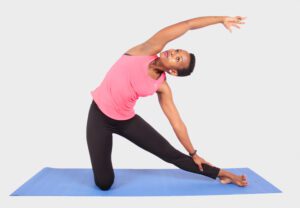
Side stretch
- How to perform it?
- To perform the stretch the patient has to take the standing position, elevate the arms overhead as well as interlace the fingers.
- Press into the feet & legs as you tilt to the left. The patient will feel the stretch from the hips to the tips of the fingers.
- Tuck in the chin as well as gaze down toward the floor.
- Hold the position for up to thirty seconds.
- Repeat on the right side.
- Repeat three times on both sides.
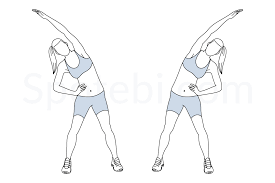
Triangle Pose
- How to perform it?
- To do this stretching the patient has to Stand with the feet wider than the hips, the left toes facing forward, as well as the right toes out at a slight angle.
- Elevate the arms so they are parallel to the floor, with the palms facing down.
- Hinge at the left hip as the patient extends the left fingers forward.
- Pause here, & then lower the left hand to the left leg or a block.
- Place the right hand on the hip or even extend it up toward the sky with the palm facing away from the body.
- Turn the head to look in any direction.
- Lengthen the spine as you engage the core as well as lower back muscles.
- Hold the position for up to sixty seconds.
- Repeat on the other side.

Revolved Triangle Pose
- How to perform it?
- To do this stretching the patient has to Stand with the feet wider than the hips, the left toes facing forward, as well as the right toes out at a slight angle.
- The hips should be facing forward.
- Elevate the arms so they are parallel to the floor, with the palms facing down.
- Fold halfway forward, pausing when the trunk is parallel to the floor.
- Lower the right hand to the left leg, a block, or the floor.
- Raise the left arm straight up, turning the palm away from the body.
- Gaze down at the floor, to the side, or up at the extended hand.
- Hold the position for up to one minute.
- Repeat on the right side.

Extended Side Angle Pose
- How to perform it?
- To do the stretching the patient has to Stand with the feet wide, the right toes facing forward, as well as the left toes out at a slight angle.
- Flexed the left knee forward so it is above the ankle.
- Elevate the arms so they are parallel to the floor.
- Flexed the hips, bringing the left hand down to the floor out of the calves.
- Extend the right arm up as well as forward with the palm facing down.
- Draw the tummy to the spine as well as tuck the chin toward the chest.
- Hold the position for up to sixty seconds.
- Repeat on the other side.
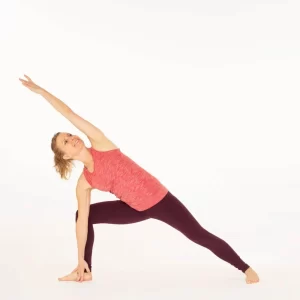
Pelvic tilt
- How to perform it?
- To do this stretching the patient has to Lie on the back with the knees flexed as well as the feet toward the hips.
- Relax the upper body as well as tuck the chin in slightly.
- Contract the core muscles as the patient presses the small of the back into the floor.
- Hold for five seconds. Relax for a few breaths.
- Repeat 8–10 times.

Knee rolls
- How to perform it?
- To do this stretching the patient has to Lie on the back with the upper body relaxed as well as the chin tucked in toward the chest.
- Flexed the knees as well as brought the feet in toward the hips.
- Gently drop the knees to the left, keeping the upper body stable. If the knees do not touch the floor, rest them on the block or cushion.
- On the next breath, return to the starting position.
- Drop the knees to the left. This completes one repetition.
- Do three sets of 10 repetitions.

Child’s Pose
- How to perform it?
- Embark this exercise on the hands as well as knees, with the big toes touching & the knees slightly wider than hip-width.
- Lower the glutei to the heels as well as extend the arms straight out in front.
- Bring awareness to the lower back, focusing on relaxing it.
- Stay in the position for up to five minutes.
- To get more stretch, gently walk the hands to the right, sinking deeper into the hips. Then move back to the center as well as walk the hands to the left.

Revolved Head-to-Knee Pose
- How to perform it?
- To do the stretching the patient has to come in the sitting position, extend the left leg as well as bring the right heel in toward the groin.
- Flexed to the left, placing the left elbow on the leg, a block, or the floor with the palm facing up.
- Extend the right arm up toward the sky as well as bring it down toward the left foot.
- Tuck the chin in toward the chest as well as gaze up toward the sky.
- Hold the pose for up to sixty seconds.
- Repeat on the right side as well.
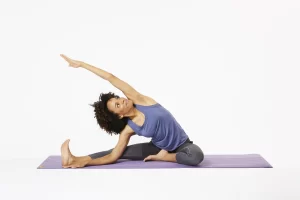
Knee-to-chest stretch
- How to perform it?
- To do this stretching the patient has to Lie on the back with both feet flat on the floor.
- Gently move both knees in toward the chest.
- Wrap the arms around the legs.
- Hold the opposite elbows or even wrists with the hands. If the patient can not reach, use the strap or even clasp the backs of the thighs.
- Tuck in the chin slightly to lengthen the back of the neck.
- Hold the position for up to one minute.
- Relax for a few breaths.
- Repeat 3 to 4 times.
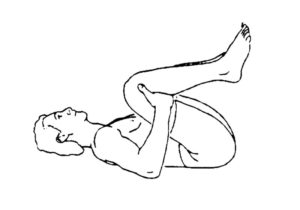
Supine Rotation Stretch
- How to perform it?
- To do the stretching the patient has to take a supine lying position by flexing the knees as well as putting the feet flat on the floor.
- Rest the arms next to the sides.
- The shoulder blades should be on the ground as well as the knees together. Slowly lower the knees to one side until the patient feels a stretch in the lower back.
- Hold the position for thirty seconds, then return the knees to the starting position. Switch sides to stretch the opposite quadratus lumborum.

Safety Tips
- Build up the stretching routine slowly as well as gradually. The patient may experience some discomfort when he starts these exercises, but they should subside within a few days.
- Be careful performing these stretches if the patient has any medical condition that could be affected by stretching. Thus, before the start, the stretching consults the therapist.
- Avoid forward bends if the patient is experiencing low back pain. Instead, option for stretches that may be done during lying on the back.
- The position is less stressful on the back & may assist to relieve pain as well as prevent injury to the back.
FAQ
What causes tight quadratus lumborum?
Poor posture while standing or sitting may place added stress on a quadratus lumborum as well as lead to pain. Slouching, leaning to
one side, or even sitting without back support may cause the muscle to become sore as well as tight.How does the patient relieve quadratus lumborum pain?
The patient may treat quadratus lumborum in several ways. Applying heat as well as ice may assist to decrease pain as well as
inflammation. The doctor can also recommend the patient take some type of painkiller or even muscle relaxant. Trigger point injections
are another option.May a tight QL cause sciatica?
QL trigger points may also be involved in cases of sciatica with a gluteus minimus muscle. Together, these muscles may cause low back
pain as well as create pain that mimics true sciatica owing to a disc issue.What aggravates QL?
Lying, walking, standing, as well as rolling can aggravate the pain. Sharp pain can also be felt when sneezing or even coughing.
Quadratus lumborum pain may even interfere with daily activities namely walking as well as sitting. Quadratus lumborum pain may
become chronicWhat does the QL strain feel like?
QL pain may be described as a dull, aching pain that may become sharp at times from specific movements. Sometimes considered “the
joker” of lower back pain, this is often overlooked as the main cause of pain, with other lower back structures taking the blame.Is the QL a hip flexor?
A QL muscle stabilizes us between the lower ribs as well as the pelvis, allowing the trunk to move forward & back. The hip flexors allow
flexion of the hips & the lumbar spine. Having suppleness of these muscles is pivotal to the health and strong lower back.

